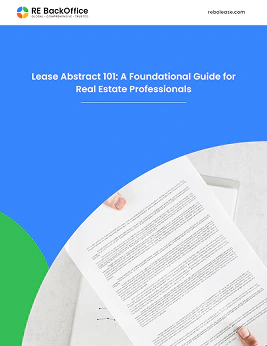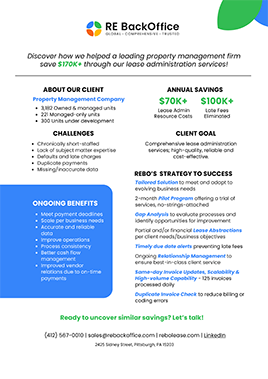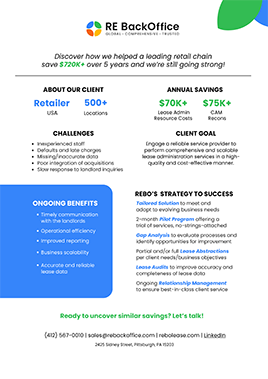
The Financial Accounting Standards Board (FASB) recently implemented significant changes to accounting standards in the United States, particularly regarding the treatment of rent expenses. Previously, rent expenses were primarily recorded in the Profit & Loss Account, but under the new guidelines, rent is now depicted as a liability on the balance sheet, along with recognition of the right to use the asset on the assets side. This article explores the implications of these changes and their impact on financial reporting.
The FASB, a private, not-for-profit organization, plays a crucial role in establishing and developing generally accepted accounting principles (GAAP) within the United States. Its primary objective is to serve the public interest by setting standards for financial accounting and reporting policies. The recent changes regarding rent expense reporting align with this mission, aiming to enhance transparency and comparability in financial statements.
Changes in Accounting Treatment
Under the new rules introduced by the FASB, companies are required to recognize lease liabilities and right-of-use assets on their balance sheets for most leases. This represents a significant departure from previous practices where rent expenses were solely reported in the Profit & Loss Account. For instance, if a company holds a lease with a term of 10 years and is currently in its second year, the remaining 8 years of calculated rent will be recorded as a liability on the balance sheet, impacting both liabilities and assets.
Implications for Financial Reporting
The shift in accounting treatment for rent expenses has several implications for financial reporting. Firstly, it provides stakeholders with a more accurate representation of a company's financial position by reflecting lease obligations and corresponding assets on the balance sheet. This increased transparency enables investors, creditors, and other users of financial statements to make more informed decisions.
Secondly, by standardizing the reporting of rent expenses, the FASB aims to facilitate easier comparisons between different companies within the same industry. Previously, variations in lease structures and reporting practices made it challenging to assess companies' financial health accurately. With consistent reporting standards, stakeholders can now evaluate companies more effectively and identify potential risks and opportunities.
The FASB's introduction of new accounting rules regarding rent expense reporting signifies a significant step towards enhancing transparency and comparability in financial reporting. By requiring companies to recognize lease liabilities and right-of-use assets on their balance sheets, the changes aim to provide stakeholders with a clearer understanding of a company's financial position and facilitate better decision-making. As companies adapt to these new standards, it is essential for stakeholders to stay informed about the implications and embrace the increased transparency in financial reporting.


